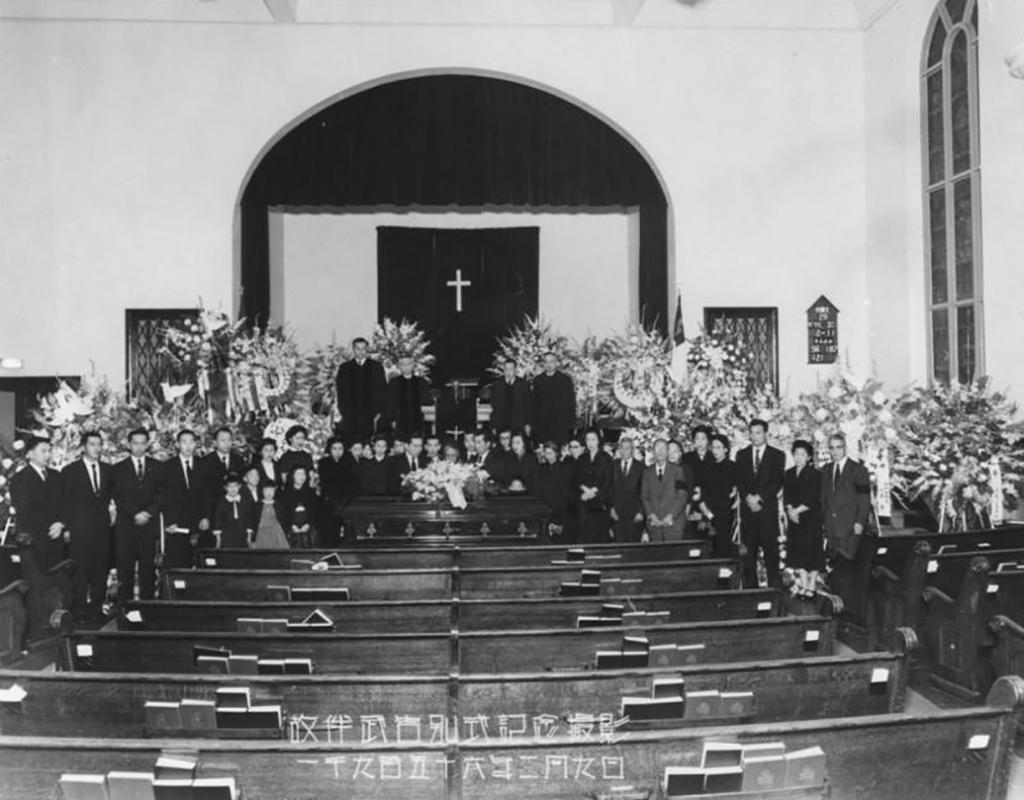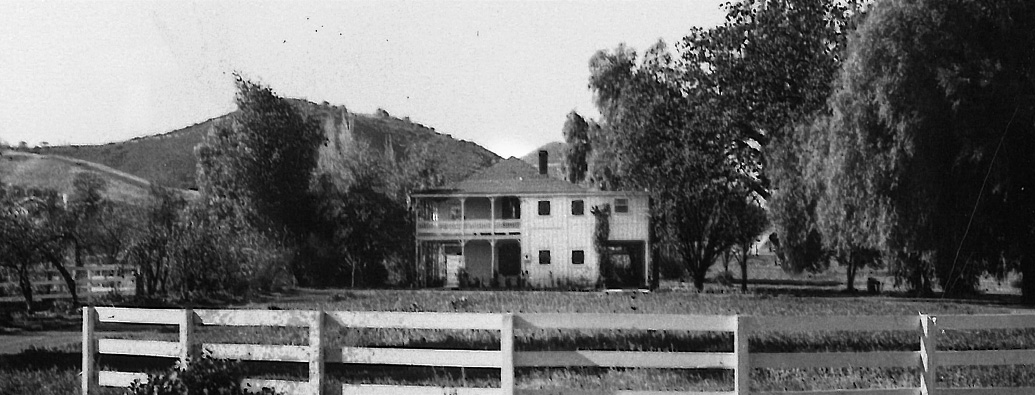
-
Category:
- About
The Cultural Heritage Commission (CHC) is a five-member, mayoral-appointed commission that considers nominations of sites as City Historic-Cultural Monuments (designated City landmarks) and offers recommendations on proposed projects with historic and/or cultural significance.
Although the CHC is now marking 60 years of historic preservation of Los Angeles’s unique cultural and architectural identity this August, the origins of the CHC dates back to 1958. That’s when a small group of volunteers–all members of the Los Angeles chapter of the American Institute of Architects’ (AIA) Historic Building Committee–became alarmed by the destruction of historic landmarks created by the explosion of growth in post-World War II Los Angeles. The AIA Committee and the City’s Municipal Art Commission began working on an ordinance that would create a citizen board to survey, identify, and protect historic sites throughout Los Angeles.
This early work culminated in the passage of the City’s Cultural Heritage Ordinance in 1962, and was one of the earliest pieces of historic preservation legislation in a major urban center, predating by three years the 1965 passage of New York City’s renowned Landmarks Preservation Law. The Cultural Heritage Ordinance created a five-member Cultural Heritage Board, giving the Board the responsibility to designate as Historic-Cultural Monuments (HCMs) any building, structure, or site important to the development and preservation of the history of Los Angeles, the state, and the nation. The 1962 ordinance, among the first of its kind in any large American city, initiated historic preservation efforts that continue to the present day.
The Board’s first meeting on August 6, 1962 was both a landmark event and a memorable day. The first five HCMs declared were sites that were all considered threatened. The first-ever HCM designation went to the Leonis Adobe in the west valley, followed by Bolton Hall in Tujunga, the Plaza Church at El Pueblo, Angels Flight in Downtown, and the “Salt Box” on Bunker Hill (later destroyed by fire) at that first meeting.
In the 60 years since then, more than 1,200 additional HCMs now mark places that represent important events in the rich history of the City, significant architectural achievements that have shaped Los Angeles and sites associated with people who have contributed to the City’s civic and cultural life; all celebrate the cultural tapestry of Los Angeles’s diverse communities.
The criteria for designation allow the City to admit a wide variety of monument types for the purpose of providing future Angelenos a glimpse into the passion and enthusiasm upon which our great City was built–oftentimes by immigrant, migrant, and indigenous communities.
HCM designation grants properties a level of protection against demolition. Owners also become eligible to use preservation incentives, such as the Mills Act Historical Property Contract Program, which can provide property tax relief to support the substantial rehabilitation of significant historic resources across the City. Preservation fosters more sustainable development patterns that promote the repurposing of existing buildings across the City while also combating climate change by recycling materials to reduce carbon emissions.
A few highlights of the 1,255 designated landmarks include:
- Leonis Adobe, HCM #1
- Designated as a Los Angeles Historic-Cultural Monument on August 6, 1962
- Significant as the best preserved adobe building in the area and for its association with rancher Miguel Leonis, who was one of the most influential and prominent figures of early Los Angeles, eventually controlling much of the western portion of what is now the San Fernando Valley.
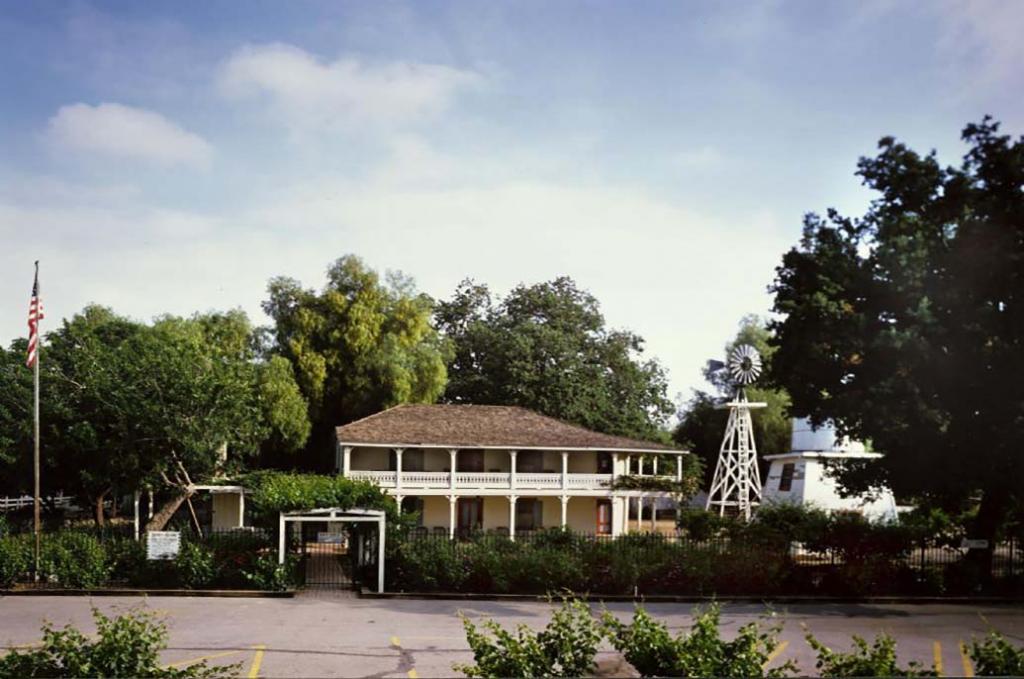
- Golden State Mutual Life Insurance Company Home Office, HCM #1000
- Designated as a Los Angeles Historic-Cultural Monument in 2011.
- Designed by master architect Paul R. Williams (1894-1980); example of Late Moderne style commercial architecture; Constructed in 1949 for the Golden State Mutual Life Insurance Company, which was founded in 1925 by three African American businessmen: William Nickerson, Jr., Norman Oliver Houston, and George Allen Beavers, Jr. to serve African Americans who had been denied coverage by insurance companies because of racial discrimination
- The building and lobby murals are significant for their association with the history of African Americans in Los Angeles.The mural content histories reflect the work of noted librarian Miriam Mathews and historian Titus Alexander.
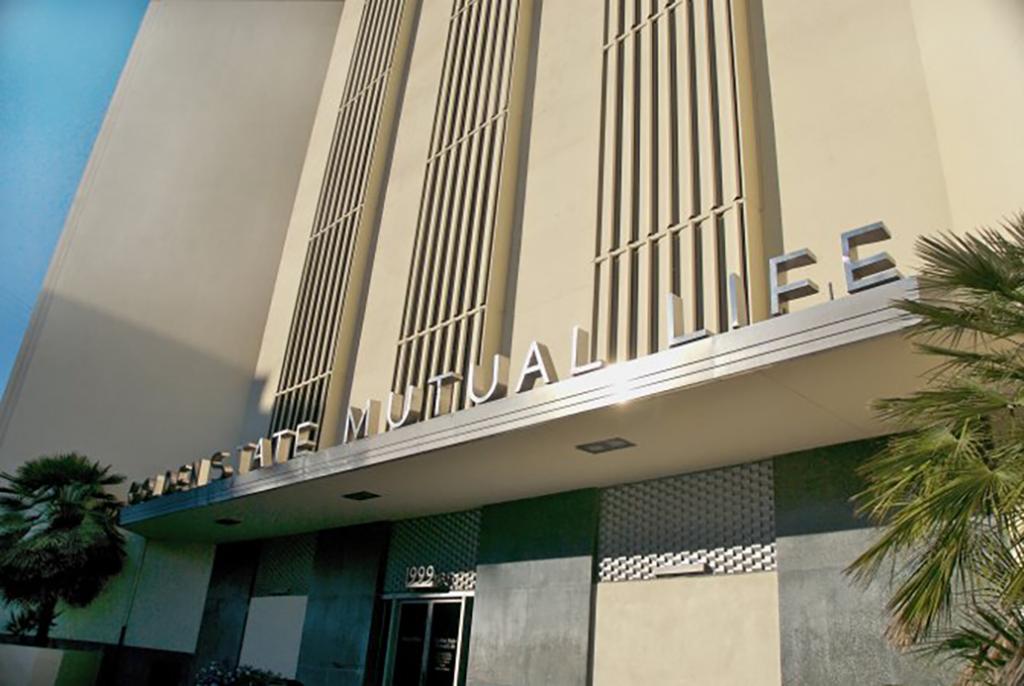
(Photo by Robert Garcia on Flickr)
- Gilmore Gas Station, HCM #508
- Designated as a Los Angeles Historic-Cultural Monument in 1992.
- Built in 1935, is one of only two remaining Art Deco service stations in Los Angeles.
- The Gilmore Oil Company was one of the largest producers of oil at time; the Gilmore family also built and operated Farmers Market and Gilmore Field, stadium home of the Pacific Coast League’s Hollywood Stars baseball team, in the Fairfax district.
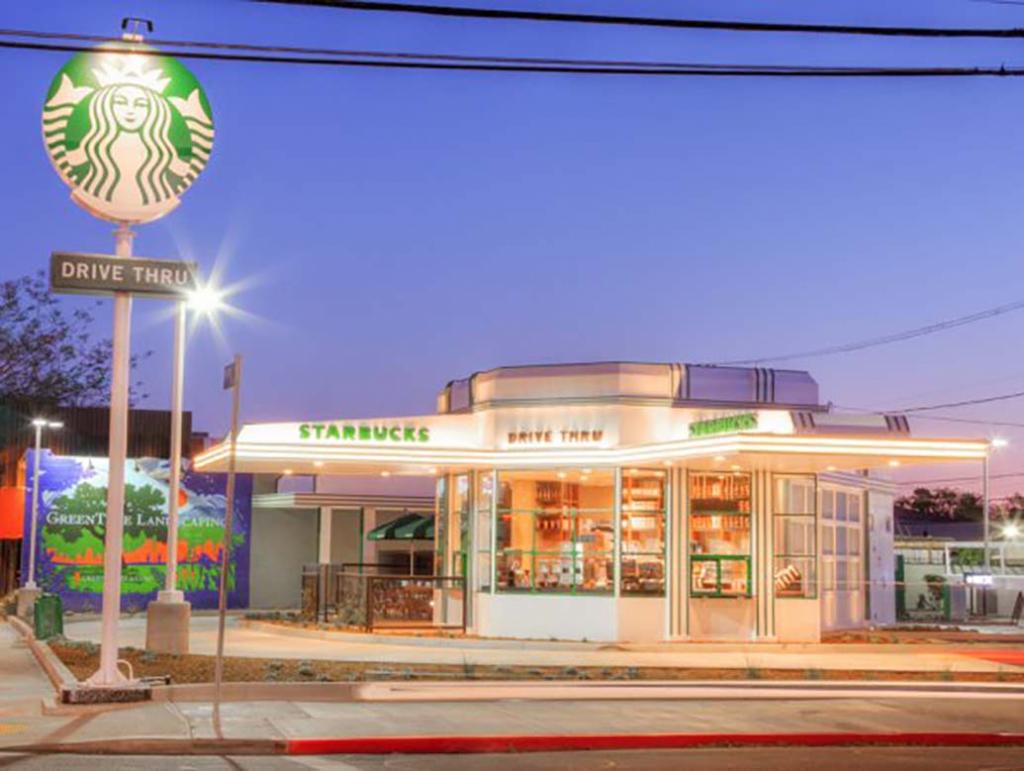
- Japanese Union Church of Los Angeles, HCM #312
- Designated as a Los Angeles Historic-Cultural Monument in 1986.
- Constructed in 1923, it was the first permanent Christian house of worship in the Little Tokyo community, and is a notable example of ecclessiatical neoclassical architecture in Los Angeles.
- During World War II, when Japanese Americans were placed in internment camps, the Union Church served as a religious and social center for Blacks from the South who relocated to Little Tokyo.
- The structure remains a symbol of the history and progress of the Japanese American community of Los Angeles and is an excellent example of adaptive reuse of historic religious structures for creative new uses. Vacant for more than two decades, it demonstrates how historic designation can facilitate the creative reuse of important anchors within the city’s diverse cultural communities.
